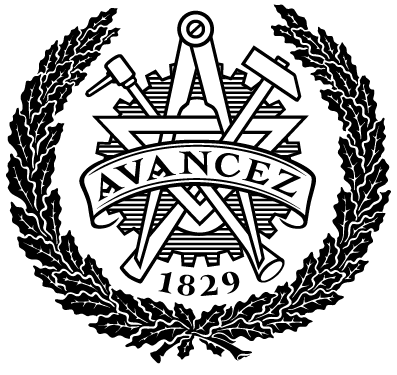Organising for Circularity in Construction - A Study of the Implementation of Reuse in Swedish Redevelopment Projects
Ladda ner
Publicerad
Författare
Typ
Examensarbete för masterexamen
Master's Thesis
Master's Thesis
Modellbyggare
Tidskriftstitel
ISSN
Volymtitel
Utgivare
Sammanfattning
The construction industry is a significant contributor to both greenhouse
gas emissions and waste, and it is facing increasing pressure to reduce its
climate impact. As a result, interest in the circular economy (CE) within
the construction sector is growing. However, the transition towards
circular practices remains in its early stages, and new workflows have not
yet been fully established. This thesis investigates how circular practices
– particularly the reuse of building products and components – can be
effectively integrated into building transformation and redevelopment
projects. The study explores organisational approaches to reuse, aiming to
identify success factors and provide practical examples of methods and
solutions, with a focus on contract types, procurement strategies,
adaptations to the design and construction process, and the management
of reuse-related challenges. The research was conducted as a multiple
case study with an abductive approach, combining a theoretical
framework with empirical data from 11 semi-structured interviews across
three case projects. The findings show that both partnering agreements
with design-build contractors and divided contract structures with
traditional construction contracts can support reuse, though roles and
responsibilities differ. Traditional contracts require clearly defined reuse
requirements, while design-build contracts rely more on contractor
incentives. Reuse also introduces new activities – such as inventory,
disassembly, and quality control – that increase coordination needs and
challenge traditional workflows. Moreover, the study identifies three
main types of barriers to reuse: cultural, regulatory, and financial.
Cultural barriers can be mitigated by fostering shared commitment and
individual engagement. Regulatory barriers remain resource-intensive to
navigate, suggesting a need for simplified regulations and clearer
standards. Financial barriers, often tied to added labour costs, may be
reduced through more efficient reuse processes. Ultimately, the findings
of this thesis provide guidance on how reuse can be organised in practice,
supporting stakeholders involved in future transformation and
redevelopment projects in planning and organising for reuse.
Beskrivning
Ämne/nyckelord
building transformation, circular economy, contract types, design and construction process, organisation, procurement, reuse.
